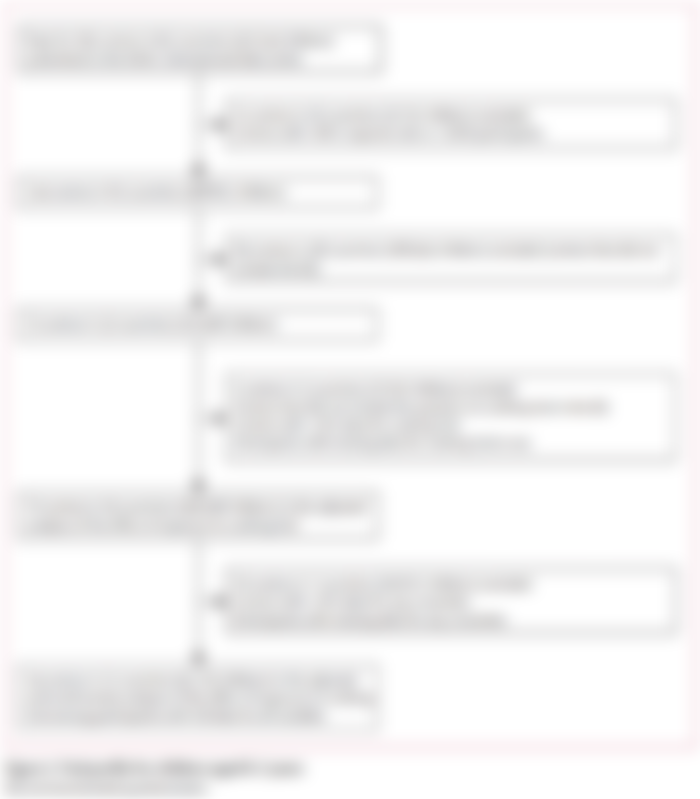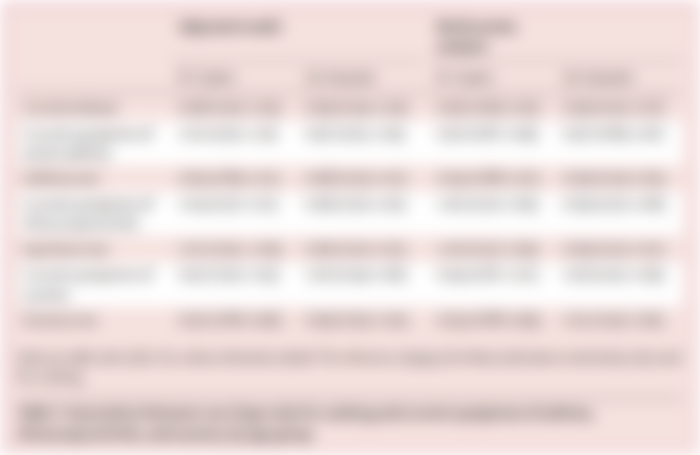The Gaslighting of Gas Stoves
Co-published on Odysee, Publish0x and Zirkels.
Science is driven by debate, rigorous testing, and deep analysis. A good study needs to have chosen the appropriate study design, collected a large sample size, and controlled for potential confounding variables. Even if a study contains these components, the job is never finished. Correlation does not necessarily mean causation and thus, more studies need to be done in order to prove beyond association. These are all key components to practicing sound science.
However, there are many instances where bad science is practiced and worse, a lot of people accept the bad science without questioning its validity. This is the case with the recent gas stove hoopla that has transpired within the past week.
On January 9, 2023, Bloomberg published an article of the US Consumer Product Safety Commission considering a ban on gas stoves in order to reduce asthma rates in children. The article states that "new research" has found a link between gas stove use and childhood asthma.
The first cited study is Lebel et al. (2022) from the Environmental Science & Technology. Upon reading the study, I found numerous flaws in its design. The first notable flaw was the woefully small sample size. In its methane emissions analysis, the study only sampled 53 households all of which came from California. On top of that, the sample was very heterogeneous, comprising of private residences, properties for sale or rent, and Airbnb rentals. The study did not stratify its data to analyze whether the ownership status made a statistically significant effect on emissions. NOx emission analysis was not any better with a minuscule sample size of 32 cooktops and 24 ovens. The study did not take into account potential confounding variables such as brand, manufacturing date, and use history.
Next, the study design:

Does this picture in any way reflect typical use of gas stoves? The kitchen is encased with plastic wrap and lacks a hood. It does not require a science degree to conclude that such experimental design is heavily biased towards higher detection of methane and NOx emissions. Even the authors of the study acknowledged that proper ventilation will reduce the concentration of gases.
The other study, Gruenwald et al. (2022) from the International Journal of Environmental Research and Public Health, also had problems. This study claimed that its meta-analysis showed gas stoves attribute to 12.7% of the current childhood asthma in the US and the proportion of childhood asthma could be prevented if gas stove use was not present.
However, the study was not transparent on how it conducted its meta-analysis. Not once did it explained what constituted as a "potentially pertinent" study. Most meta-analyses include a flowchart explaining their inclusion/exclusion criteria. More importantly, they should include the list of studies utilized in the meta-analyses. This one did not. Not all studies are created equal as some study designs have stronger levels of evidence than others. For instance, RCTs and cohort studies are stronger than case-control studies. Case-control studies are stronger than cross sectional and case studies. Meta-analyses are only as good as the quality of the studies they include. Otherwise, if you put junk in, you get junk in return. That is red flag #1.

Additionally, just because it used the population attributable fraction (PAF), it does not necessarily mean the study proved causation. PAF uses a few big assumptions that if not true, can render the percentage moot. The fraction is only effective if the estimated effect is adjusted for all confounding variables. When reading the study, I noticed the authors did not discuss how they controlled for any confounding variables that may skew the attributable percentage. There are several potential confounders, including but not limited to ventilation, type of cooking, equipment, cooking oil, family history of allergies, and household income. That is red flag #2.
A study from Hu et al. (2012) analyzed PM2.5 emissions from cooking. While gas cooking yields a higher PM2.5 emission rate than electric cooking, including when controlling for the type of cooking, the food type and oil type influence PM2.5 emission rates by a higher magnitude. Particulate matter can also aggravate asthma according to the EPA. My question to Gruendwald et al. (2022) is considering particulate matter exposure is inevitable, how much of the increased risk of asthma is due to particulate matter compared to NO2? Unfortunately, the study never mentioned PM2.5 once.

Another study from Dobbin et al. (2018) did an experiment testing the effect of flow rates of ventilation hoods on PM2.5, NO2, and NOx concentrations. What I appreciate with this study is that they put in the effort to simulate typical cooking from boiling broccoli to booking burger patties. Even the least effective ventilation fan with a flowrate of 156 cfm yielded a peak NO2 concentration of 15 ppb. When the flowrate was 179 cfm or higher, the concentration was further reduced to 1-4 ppb.
For reference, the peak concentrations are considerably below the 1-hour 100 ppb and annual 53 ppb national ambient air quality standards (NAAQS) for NO2. The least expensive over-the-range microwave I could find on Home Depot has a max flowrate of 300 cfm and a $199 30-inch range hood has a max of 320 cfm. In addition, more expensive homes and households with higher incomes will have far more effective range hoods which will further drive down the NO2 (and other indoor pollutant) concentration.
There is also a study from Wong et al. (2013) who performed Phase 3 of the extremely rigorous case-control International Study of Asthma and Allergies in Childhood. The study observed on the effects of different cooking methods on asthma rates from Phase 1 to Phase 3. It randomly sampled 97,726 children aged 6-7 and 154,287 teenagers aged 13-14 worldwide. When only looking at gas stoves, the study did not find increased risk for asthma compared to electric stoves. It also found there was no statistical significance when stratifying by country affluence or sex. I find it rather puzzling that despite Wong et al. (2013) containing such significant results, Gruendwald et al. (2022) does not address it at all.



There are suspicions that Gruendwald et al. (2022) may have significant bias. As someone pointed out, one of the organizations that funded the research is RMI, a think-tank non-profit that has an anti-gas bias and is funded by the WEF (the "You'll own nothing and be happy" organization). On top of the not-so-transparent meta-analysis, the study also has a potential conflict of interest and I find it suspicious why Bloomberg did not cite a better, non-compromised study. (Actually, we already know why. Mainstream media is incredibly corrupt as I have pointed out several times.)

The worst part is that a handful of politicians like AOC (not surprised) and Scott Wiener read the Bloomberg article and believed it at face value. Not once did they stop and ask themselves, "Did these studies actually practice good science?". Instead, they immediately call to phase out gas stoves. And to top it all off, some have already gotten as far as passing legislation based on the bad science. Such rash decisions negatively affect not just the everyday people, but also cooks and chefs especially when it involves recipes and equipment (like a wok) that need a good flame.


There is a big difference between "Trust the Science™" and practicing science. Just because something is peer reviewed, it does not mean its results and conclusions should be accepted without question. Otherwise, you fall into the Appeal to Authority trap. Skepticism must always be exercised.








